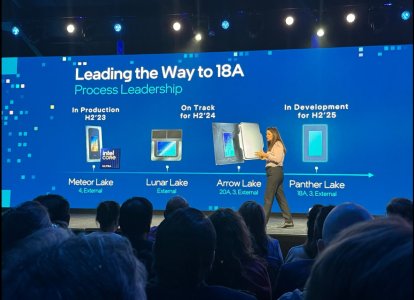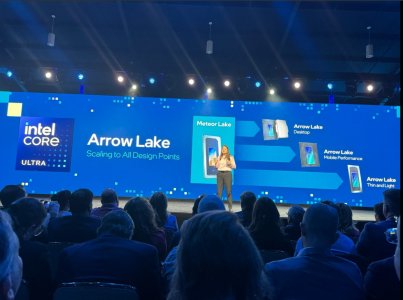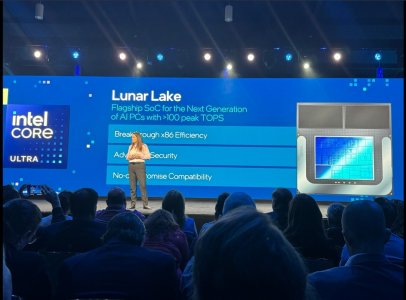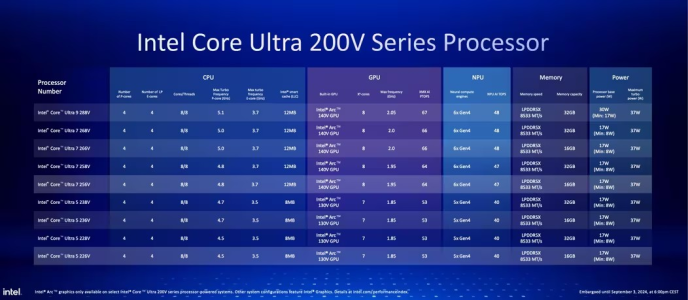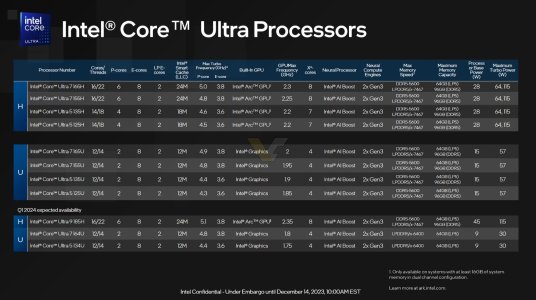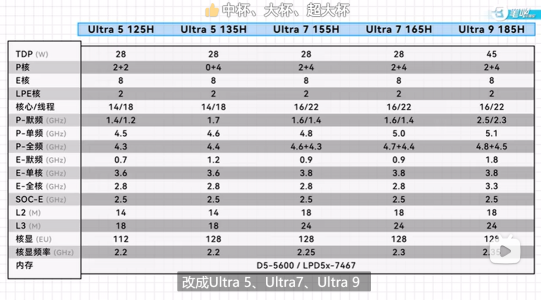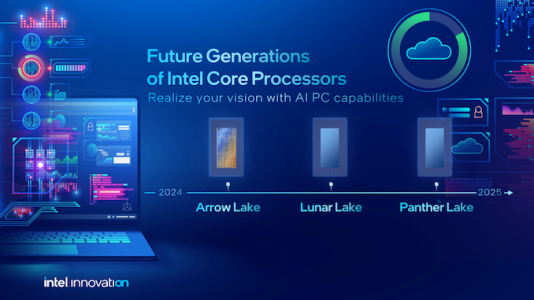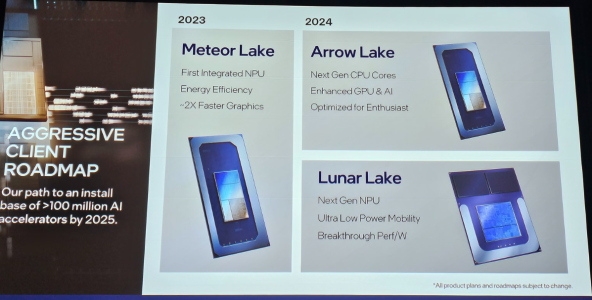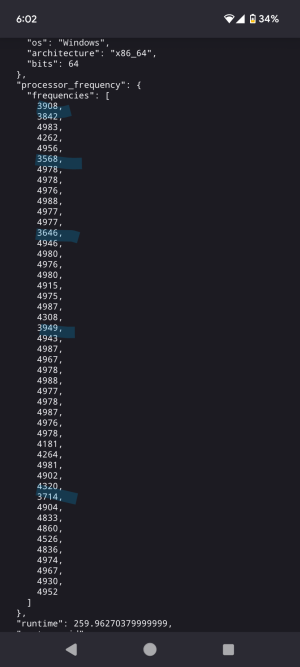Where do you see 14700K equaling 9950X in ST perf? Im seeing 9950X ST in the charts as 6% faster.
Here you go. Geekbench 6 runs of ES samples are in line with 9950X in MT, and slightly better than 14900K.
View attachment 108788
Geekbench does not scale well with higher core and thread counts. I'll hold out for some better benchmarks to see how things shake out. Additionally, it doesn't make sense that a 8p core and 16e (24 threads) cores would best 16 Zen 5 full cores with SMT (32 threads) in highly threaded applications.
So for the sake of argument, lets say that the single threaded performance of Arrow Lake is 5% higher than Zen 5 (as suggested earlier and using the 11% number of Arrow lake over 14700K). Zen 5 is still going to gain an additional 25% in threaded apps for its SMT making EACH Zen 5 core = 1.2 Arrow Lake P Cores.
For the skymont cores, things look even worse. Each full Zen 5 is more like 2 skymont cores.
So for the 8 P cores, Zen 5 is going to come up 20% faster in MT. For the 16 pcores, the remaining 8 Zen 5 full cores balances this out.
If you look just at the MT benchmarks prior to Arrow Lake they looked like this:
The 14900K still had SMT in 8 of its cores as well, but given that Intel only appears to get 10-15% additional MT performance from their SMT implementation, and the crestmont cores are not a match for skymont (but not that far off either), I don't see how anyone would expect Arrow Lake to best 9950x.
Maybe I am missing something here?
Why would it be slower than Raptorlake? The 16 E cores were roughly equal to 8 P cores in MT, and that one is getting boosted by 30%, while the other half is losing maybe 10%. It's a net gain.
See my math and link above. Arrow Lake does not have SMT, so the 8 Lion Cove cores will not be ahead of a full Zen 5 core, they will be behind in MT.
I think we might just have to wait for the complete suite of MT benchmarks like shown on Tom's link above for Arrow Lake to resolve this discussion.
I am still betting Arrow Lake gets bested by AMD's X3D release in gaming, and gets beat by even normal Zen 5 in MT. If I am correct on this, then Intel may have made a poor design choice as they will be at a disadvantage for another design cycle in the data center. Note, no matter what the outcome of this particular discussion, Intel will have at least provided a much more competitive data center part than the pitiful display they have had going on for the past few years. They are at least competitive, and at best, a bit ahead which is WAY better than where they were.
They have definitely made a winner in the laptop thin and light department with LNL. I am not as sure about the desktop replacement or normal laptop market parts though. We will see.
